Parrots are a lot different from dogs and cats as pets. Unlike dogs and cats, parrots do not need blowdrys or spa treatments. Grooming a parrot should maintain clipped nails and wings and a beak in perfect shape. But this is not something easy to do. A pet parrot owner should be trained by a professional avian veterinarian to make sure that they know what they are doing. If not, never attempt on grooming your parrot because it might cause serious injuries.
BEAK
Be cautious certain types of conditions like an upper or lower beak growing off to the side is one. This can be defect acquired during birth or an injury from an accident. Cleaning and caring the beak might prove to be difficult in such a condition. Some illnesses might also cause problems in growing your parrot's beak such as mite or fungal infections.
NAILS
The first thing to know in cutting your parrot's toenails is to identify the desired length that the nails should be cut. For this procedure, you will need an effective bird holder or a method of safe restraint, a cutting device and a styptic powder. Never attempt to cut the nails if you are unsure and not properly trained to do it. In case you are, you will only get used to the right length as time progresses. The cutting device should be appropriate to the size of your parrot. For smaller ones, human nail trimmers will do but for larger ones, a pet nail trimmers or the guillotine-style nail trimmer is most appropriate. If in any case you cause your parrot's toenail to bleed, be ready with the styptic powder but be cautious because this is very painful when applied to an open wound so you have to restrict your parrot from moving wildly effectively.
Nails are important to be cut because this can cause injury to your parrot. Long toenails might get caught in rugs, carpets, toys and cages and can be the cause of a broken toe.
WINGS
A properly clipped parrot's wings can prevent a serious injury to your pet parrot. In an attempt to fly during play sessions, parrots can avoid falling to the ground hard with correct clipped wings. Not only that they will also not be prone to serious wing, leg and head injury because of crashing into doors, mirrors, windows and ceiling fans.
True, full-winged parrots are very nice to look at and add to the beauty of the parrot but keep in mind that your parrot is a pet and not left out in the wild where they can boast off their wings while looking for food, flying to safety, protecting their young and shelter or finding companionship. You would not want your parrot to wander and fly off just like that would you! So be sure to trim the wings of your parrot and trim it correctly. Never attempt to trim the wings for the purpose of style and wild appearance because this might cause your parrot to fall hard on the ground and go circles in the air. Aim for wings that will help your bird flutter harmlessly to the ground.
Feeding your parrot
Like in grooming, perhaps the one important thing you have to keep in mind is that your parrot is a pet and you do not compare or imitate the lifestyle of the parrot in the wild because the environment is totally different.
In feeding the parrot, you have to make a total conversion of the parrot's diet. Do not be carried away by books or petshop owners who are saying that seeds are the best diet your parrot could ever have.
Parrots like humans need to have a well-balanced diet. Seeds are great for wild parrots because they are high in fat and protein. But wild parrots activities are not similar to pet parrots. Wild parrots get much exercise out there, flying here and there to look for food and find a shelter. They need all the weight, energy and fats they can get to do these activities. Pet parrots just stay home and only get exercise during very limited time of play sessions.
The acceptable diet to home-bound parrot pets is 70-80 percent "pelleted" diet and with the remaining 20-30 percent composition of fruits and veggies diet. It will also help if you go and ask your avian vet to make you a list of foods to avoid by your parrot. Some examples are raw onions, guacamole, chocolate or any milk products, avocado and rhubarb.
Cages and accessories
Parrots need a big cage so that they can have enough space to swing their wings fully and cling and hang as much as they want to. The best cages are those that are made of stainless steel, no paint chip off or rust that your bird might feed on. Plus they are great for cleaning considerations. They can be easily cleaned by a bleach solution and rinsed.
Feeding bowls that are stainless steel are ideal too. The perch should be thicker in size so that your bird can avoid toenail injuries and do not feed on it.
Parrot safety
Having a parrot at home means you have to make your home much safer for your bird companion. Toxic fumes released by appliances with non-stick surfaces are deadly for your pet parrot. So use them with caution or do not use them at all. Other dangerous household items that can cause serious damage to your parrots are scented candles, incense, cigarette smoke, cooking smoke, sprays, aerosol fumes and carpet powders, metals made of lead and zinc, toxic plants, electrical cords, hot and boiling foods and other pets.
Make sure that you have all the necessary information from your avian veterinarian before having a pet parrot. Ask him for a list of things you need to remember and avoid while having a bird companion. It may not be easy but you will get the hang of it later on.

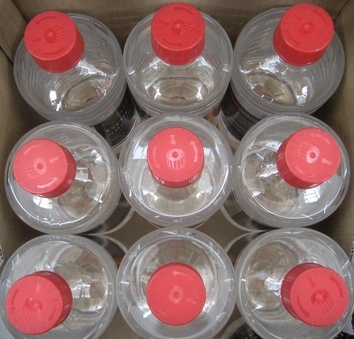 How to Make Bottle Bird Feeders
How to Make Bottle Bird Feeders
How to
How to Make Bottle Bird Feeders
How to Make Bottle Bird Feeders
How to
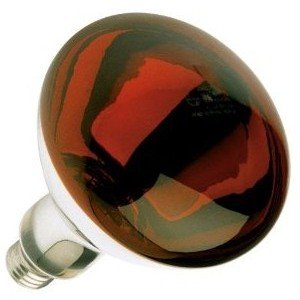 How to Hatch Abandoned Poultry Eggs
Abandoned EggsAn emergency method of hatching them
How to Hatch Abandoned Poultry Eggs
Abandoned EggsAn emergency method of hatching them
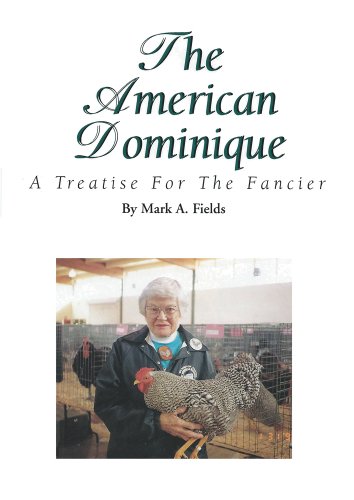 The Dominique Chicken
Poultry BreedsThe DominiqueT
The Dominique Chicken
Poultry BreedsThe DominiqueT
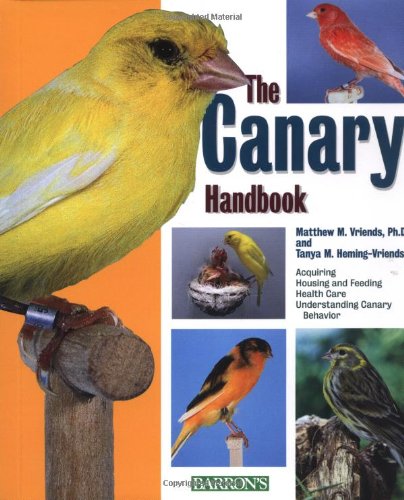 A Beginners Guide to Keeping Canaries
A Guide to Keeping CanariesC
A Beginners Guide to Keeping Canaries
A Guide to Keeping CanariesC
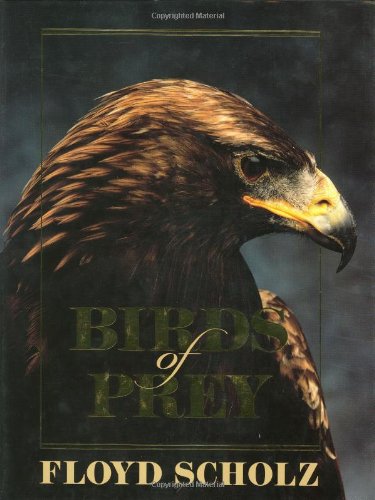 Great Birds of Prey in Australia
The best thing I have ever d
Great Birds of Prey in Australia
The best thing I have ever d